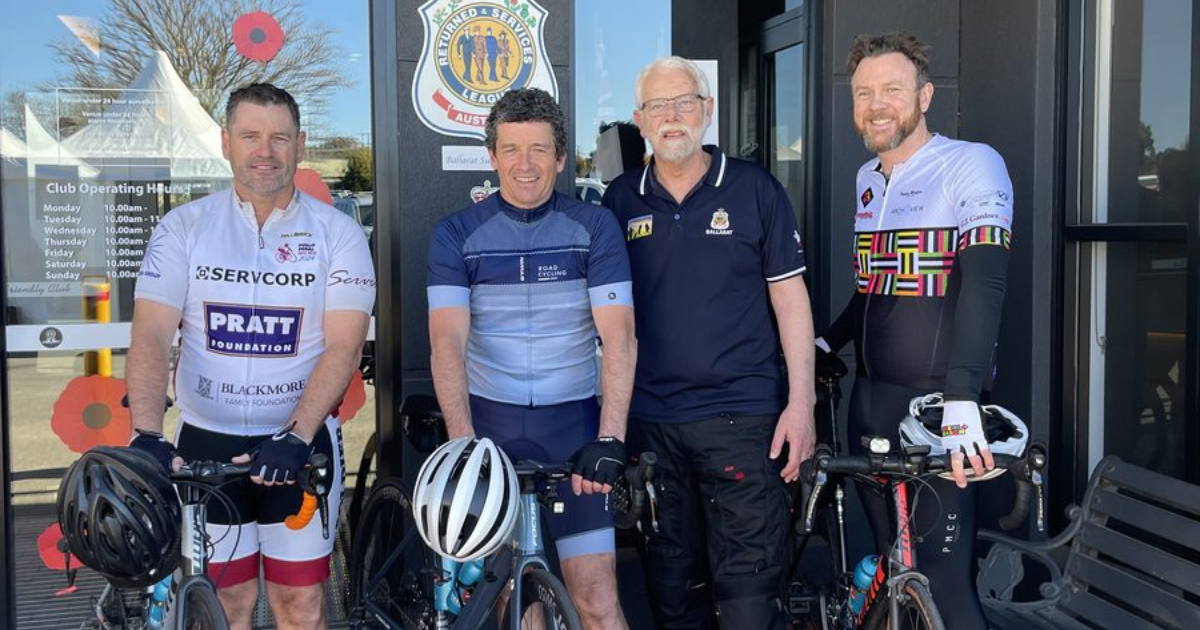How mining had its way with water

Historical: Water, and how it was used on the Ballarat goldfields, is the focus of an upcoming talk at the Eureka Centre. Photo: STATE LIBRARY OF VICTORIA
THE major impact the goldrush had on the quality of the Ballarat region’s waterways, while also influencing water supply, and infrastructure is the focus of an upcoming event.
Alluvial gold mining in the east side of the city began in the 1850s, and a presentation at the Eureka Centre this month will discuss the broader Victorian context behind the system of water races, sluice fields, and dams in the Canadian area.
Hosted by Friends of Canadian Corridor, the talk will be delivered by Professor Susan Lawrence from La Trobe University’s Department of Archaeology, who is the co-author of Sludge.
“Miners’ water races were quite technically sophisticated, so I’ll be talking about how the industry developed significant water supply infrastructure that led to municipal water supply,” she said.
“There were 4000 kilometres of water races across Victoria in the 1850s and ‘60s, all created by hand.
“Miners surveyed, very carefully and accurately, along the contours of hills to move water to where they wanted it to go. They were able to move water from one creek catchment to another.
“Kirks Reservoir, for example, was originally built as a dam to supply the mining industry.”
Alluvial mining systems also influenced law, and today’s water market.
“The origins of selling water go right back to the miners and the legal systems they worked out in Ballarat, Creswick, Daylesford, Maryborough,” Professor Lawrence said.
“They fought through courts to get laws changed from what they had been in England, and to set up new laws in Australia in the new conditions.
“Once they’d done that, people got a licence from the government to use the water for a 15-year period.
“They went into business as water merchants, getting water, diverting it through race systems, and selling it to gold miners. They made fortunes buying and selling water.”

Professor Lawrence will also share how water races were constructed, and who made them, and outline the systems’ destruction on the environment and Aboriginal communities.
FOCC members have been recording the 30-kilometre network of water races in the Woowookarung Regional Park, which are subtle in 2023, but can still be seen by visitors.
There are also seven sluice field sites and four dams in the area, including Mount Helen Reservoir, which supplied water to quartz crushers and the Sebastopol Whitehorse diggings.
“The City of Ballarat is one of thirteen local councils seeking World Heritage Listing for the Goldfields,” FOCC secretary Jeff Rootes said.
“The alluvial gold mining sites, mine-shafts and adits, water races, dams, and sluice fields on the east side of Ballarat are largely intact and could form part of that bid as exemplars of alluvial and sluice mining.
“They are the closest original diggings to Ballarat, and they are unrecognised by any historical record.”
Professor Lawrence encourages people to attend her talk to make their next visit to Woowookarung a “richer experience.”
“People will return with a much better understanding of what they’re looking at in the bush, and the significance of the little shallow channels that have been dug into the earth,” she said.
“The strange ditches stretch further than just the 100 metres you can see from the path. They’re part of 4000 kilometres of ditches in Victoria, and part of a legal system that changed people thinking about water.”
With Eureka holding such a central place in the story of mining, Professor Lawrence said she couldn’t think of a more appropriate setting to share her research.
“It’s a privilege to do it there,” she said.
The event will be held on Wednesday, 17 May at the Eureka Centre from 7pm. It is free, but attendees are asked to register at bit.ly/3LpartK.


















